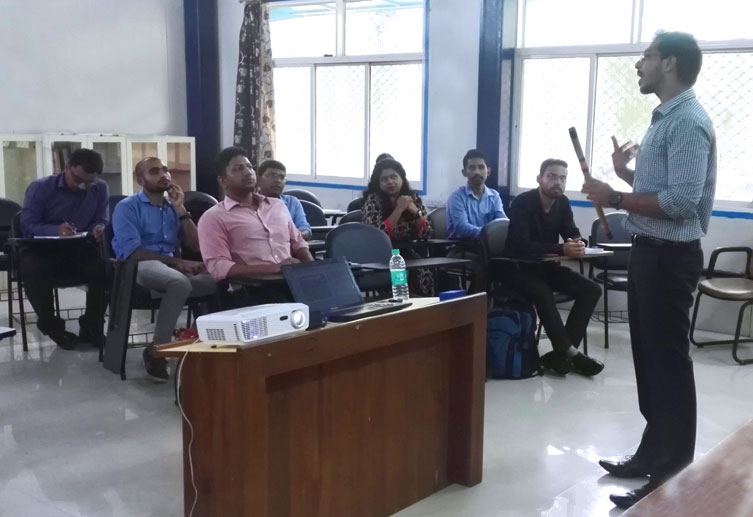Can you imagine life without music? Wouldn’t it be tough to live in a world which restricts such heavenly pleasure that helps us connect with life and deep down with our soul? Music refreshes, entertain and make us realise who we are.
Have you watched students, especially youths, their attires, lifestyle, vocabulary, all of it is often dedicated to music? Their lives revolve more around music than they are involved with books. What if we could turn this passion for music among students into a wholesome asset?
As classrooms offer no scope for music, the time spent here is often less exciting for them. How about introducing tunes while teaching subjects like languages, history and visual arts.
There have been a few experiments where music was used to teach in the classroom to help build a creative environment and ensure their involvement. This idea should be taken further by integrating music with various subjects.
Music can be introduced before the class begins, to refresh or in the background while ideas are being discussed, or just to lift the mood after a challenging session. One need not be a connoisseur of classical music just basic knowledge could be of great help to attract students attention.
Students attending a language class can write their own songs, ad jingles, or review songs. These exercises can enhance their writing skills to a greater extent.
Music could be a unique way to engage students with history. They can be helped to learn history by introducing the music of a particular geographical region. For instance, if you have to teach about Taj Mahal, you can play Hindustani classical music, which may help them imagine that era.
Experts suggest Indian classical music can act as an effective medium to convey meaningful messages. “If educational poems are based on Indian classical ragas, it will serve the dual purpose of imbibing cultural, social norms while simultaneously introduce students to Indian classical music,” said Dr Shreekant Chorghade, noted Paediatric who has authored several books on Childcare and development.
Joel Fernando, Musician, Facilitator, Learning and Development Professional uses music in his classes and to his delight, it works out best.

Joel, who is popular among his students for his unique ways of teaching, is of a strong opinion that if the music is fused with the content while teaching any class, it can be a great way of imparting knowledge. Joel also stressed the fact that this methodology does not require special training or expensive resources.
Dr Chorghade while sharing an example set by the Maharashtra government in the sixties, where it had assigned noted musical personalities late Vasant Desai and late C Ramchandra with the task of composing songs which were taught at schools, stated, the experiment proved successful.
This is an excellent example of how children could be encouraged to learn in a musical environment.
“But music should be introduced at the kindergarten,” suggests Dr Chorghade.
Joel who is a self-taught musician, and has been pursuing his passion for music for several years, strongly believes in its power to influence & inspire.

In his recent facilitations for the Masters in Organisation Development, Change & Leadership (ODCL) students at TISS Mumbai & Hyderabad something that Joel believed to be a challenge was addressed by him effortlessly with the help of flute. The batch comprised of students from multiple disciplines i.e Engineering, Pharma, Hotel Management, BFSI, Law, Commerce, Management, IT, Arts & Science, “Yet that thread, which aligned everyone on the same page was music,” said Joel.
By cultivating a musical environment at educational institutes will create the best learning environment for students and set them up for a better and happier academic future.
[adrotate group=”9″]










